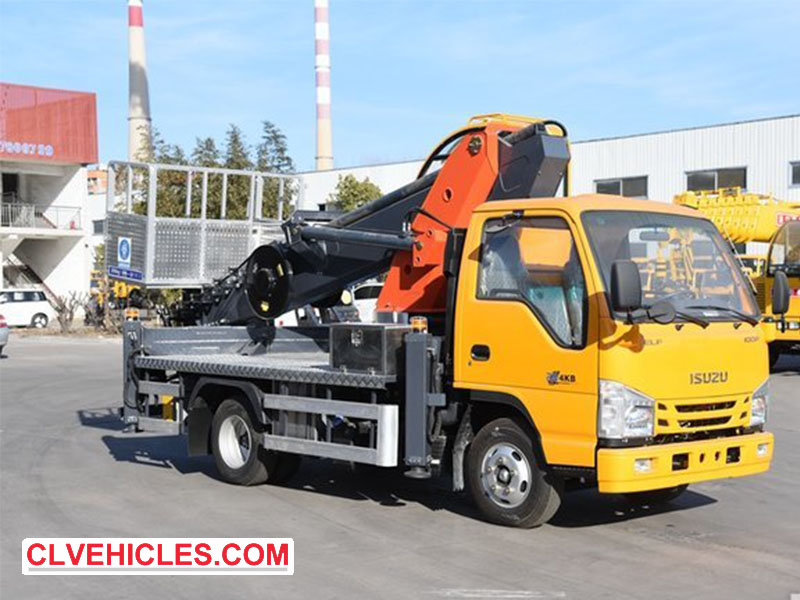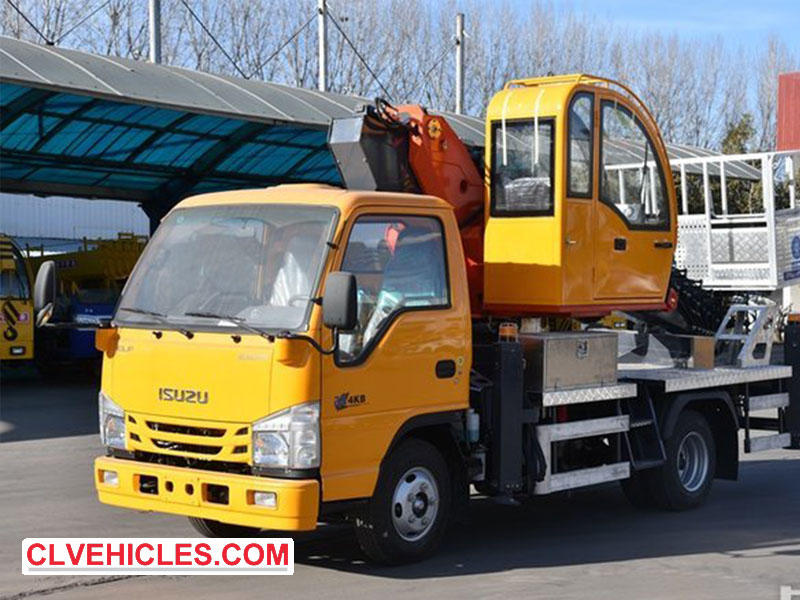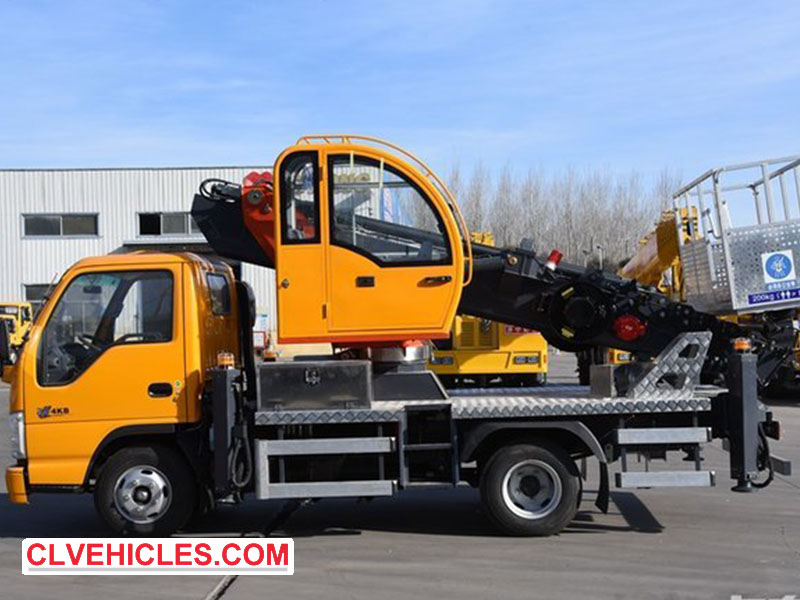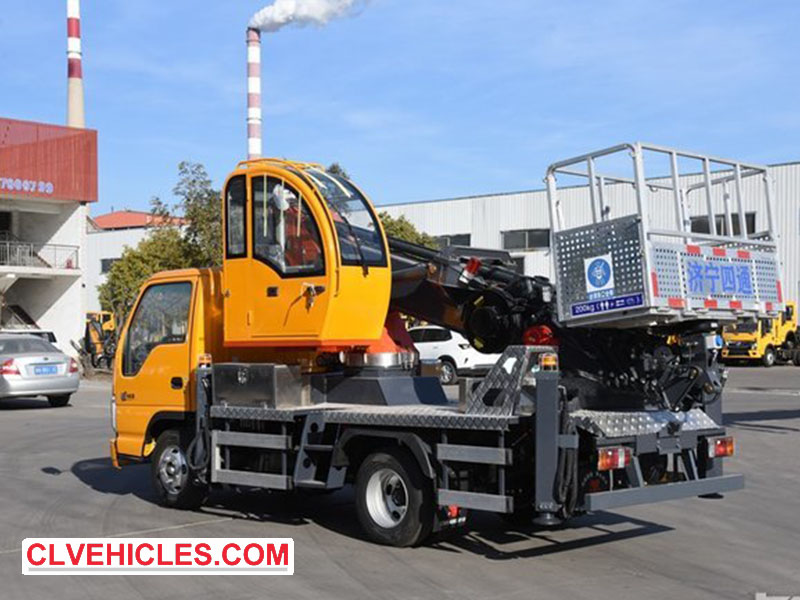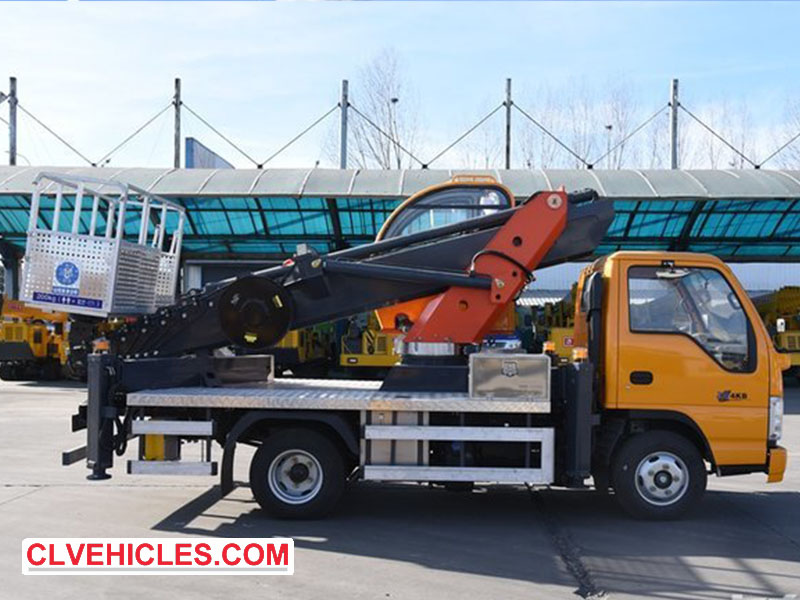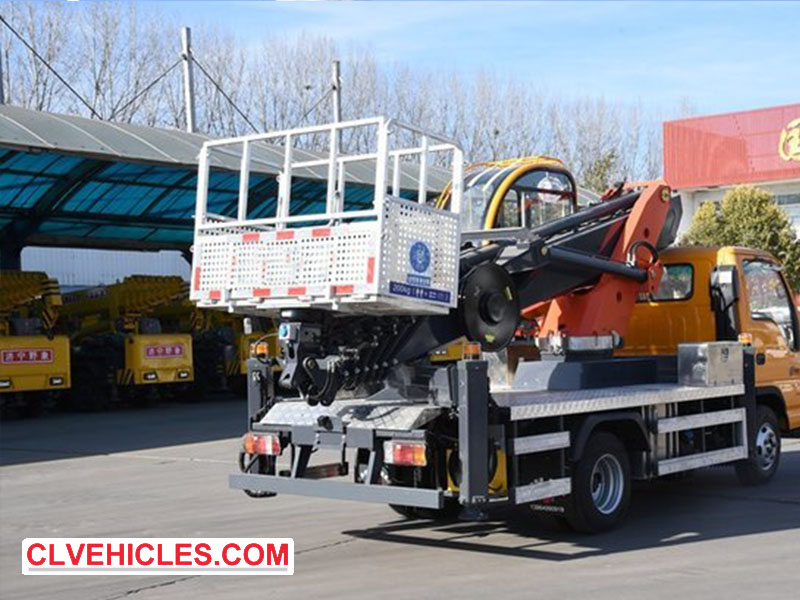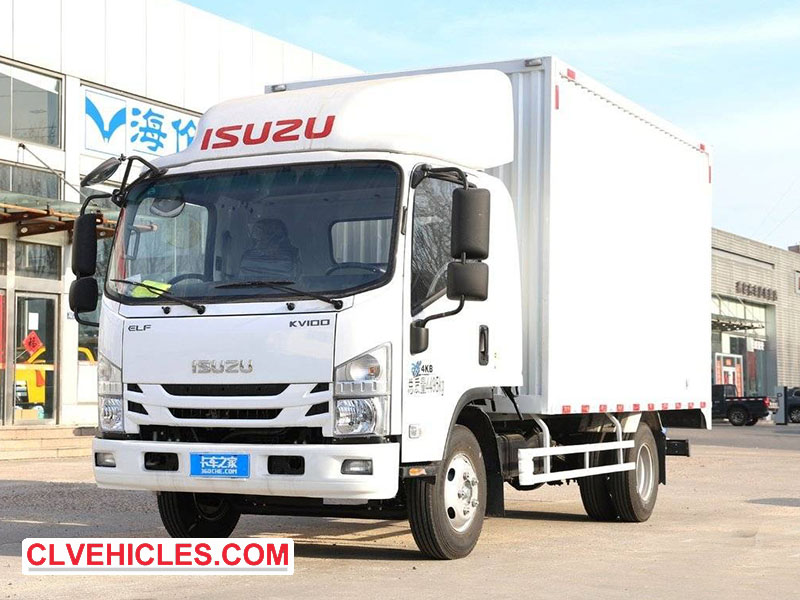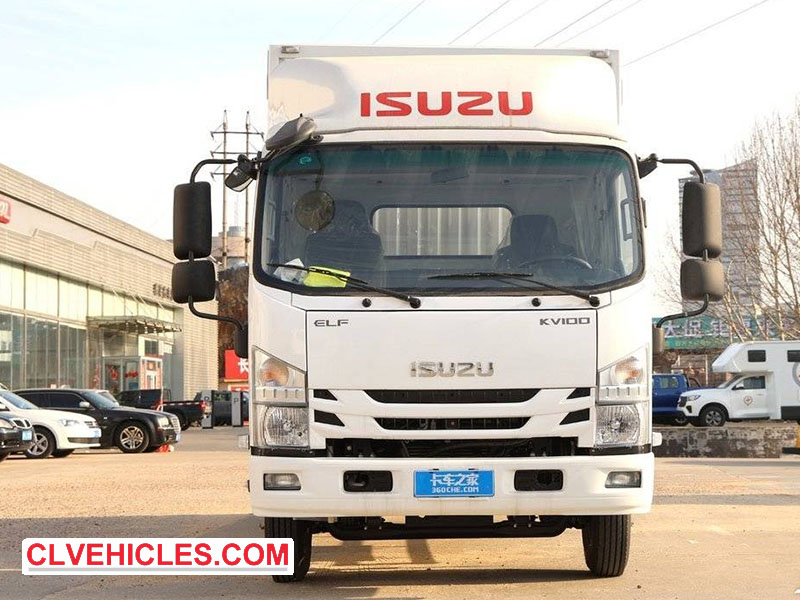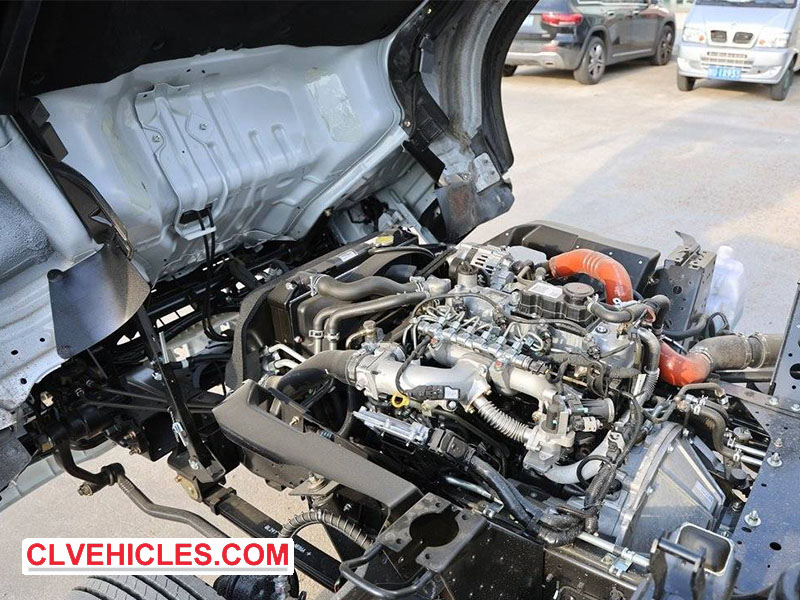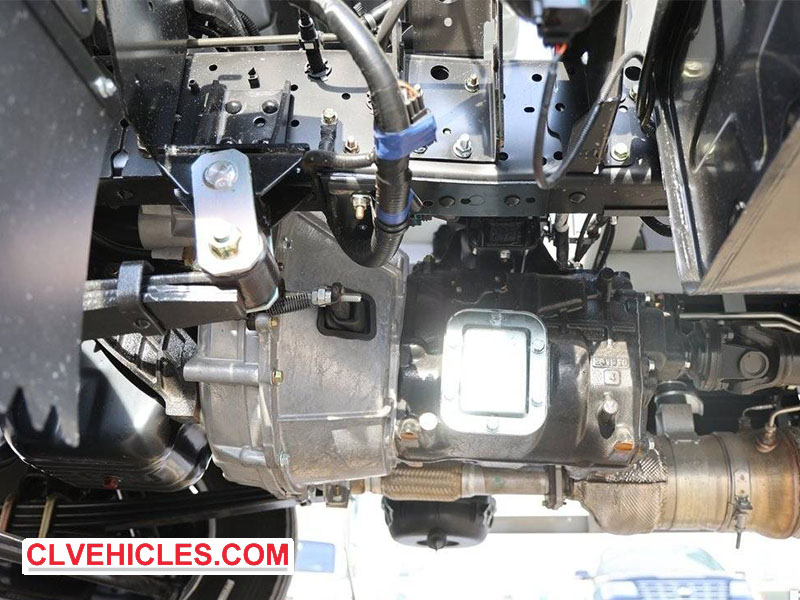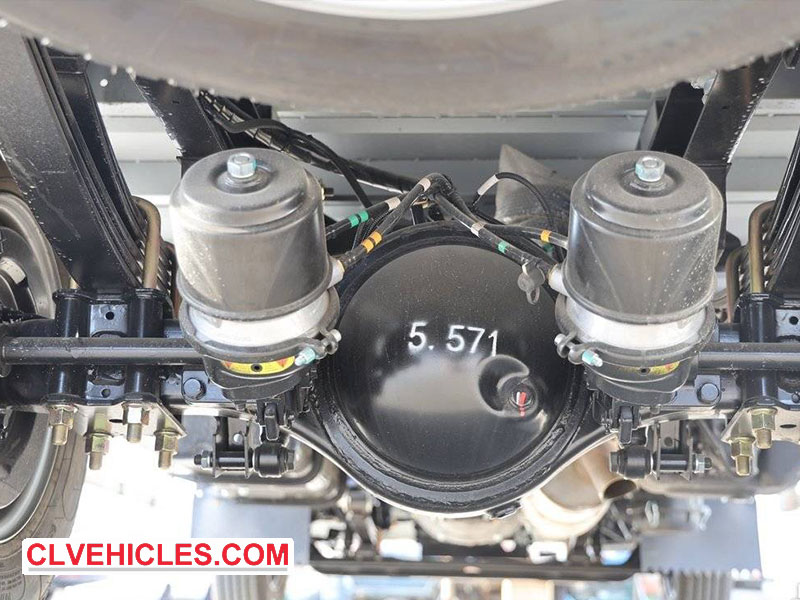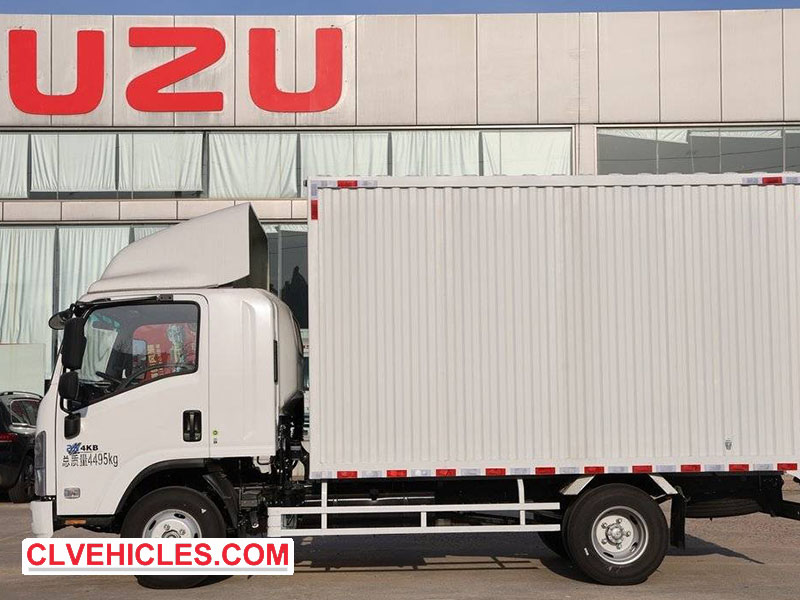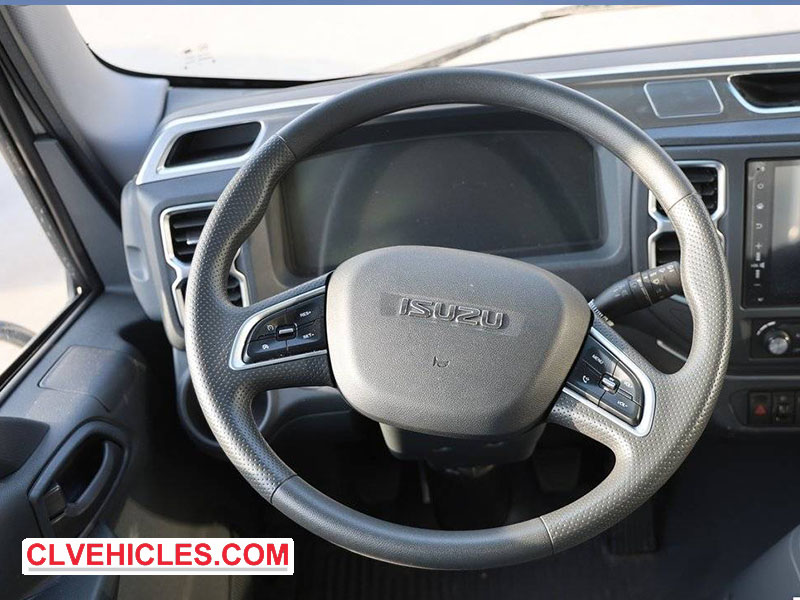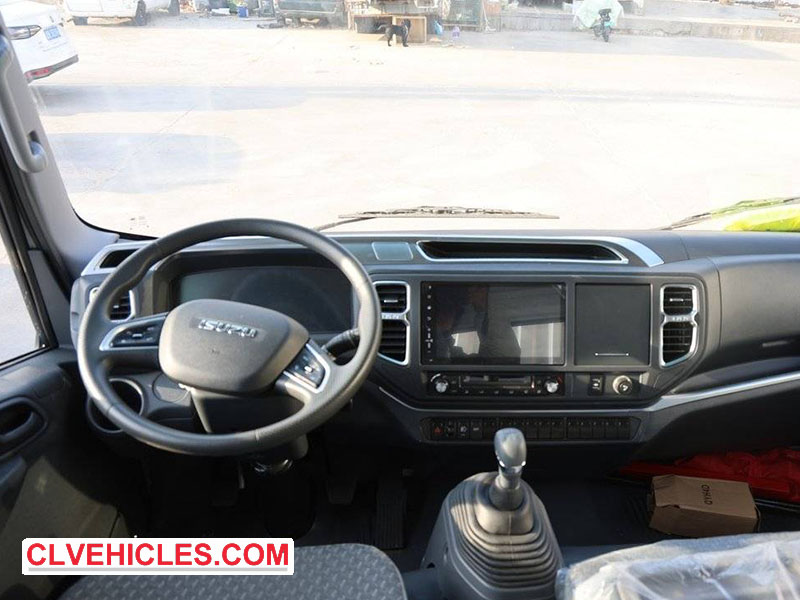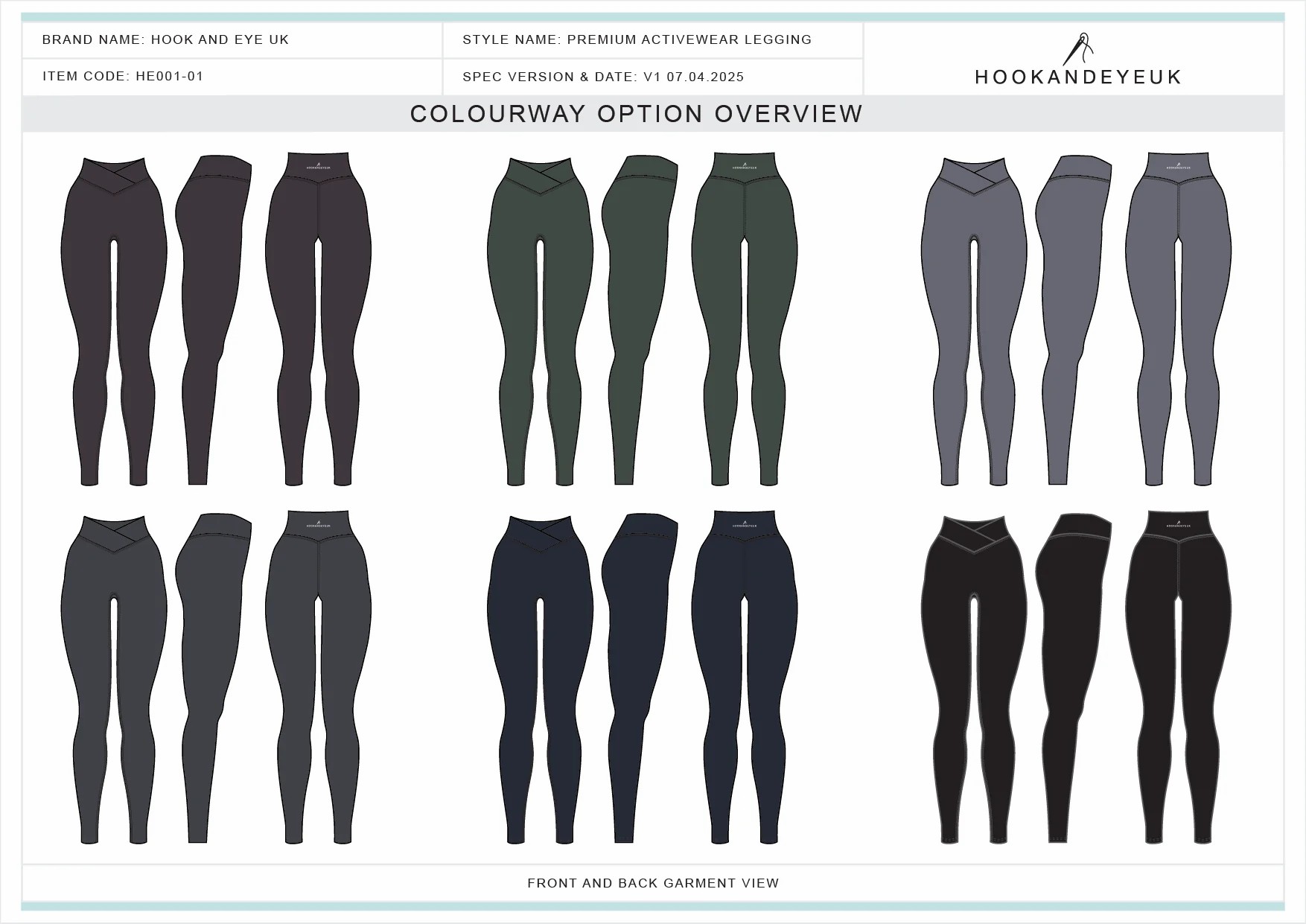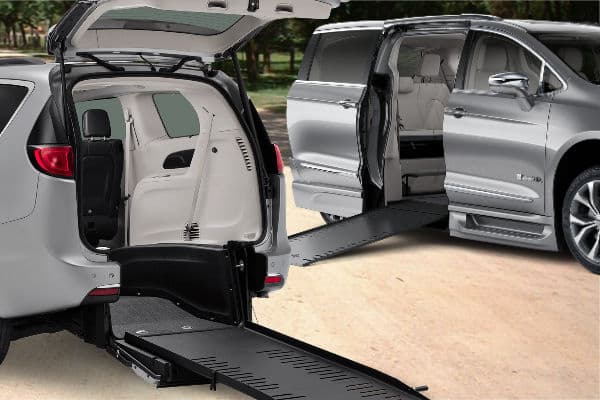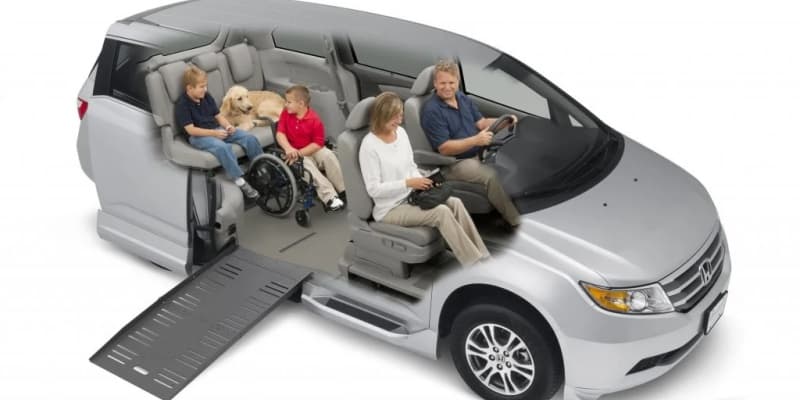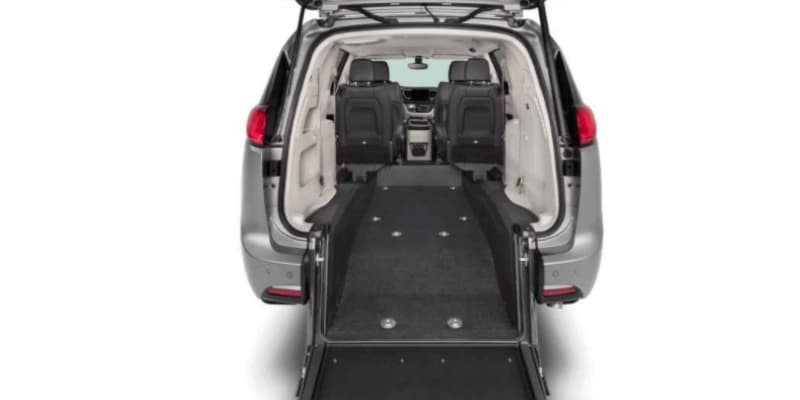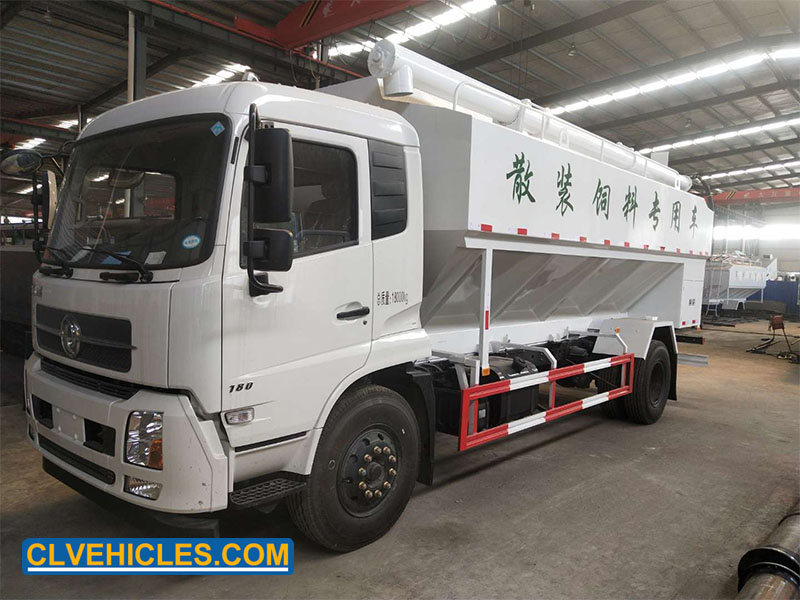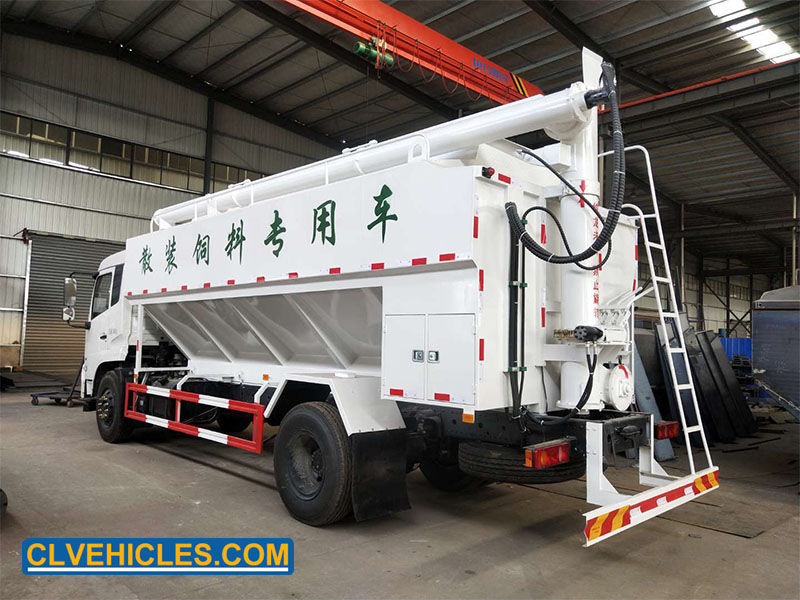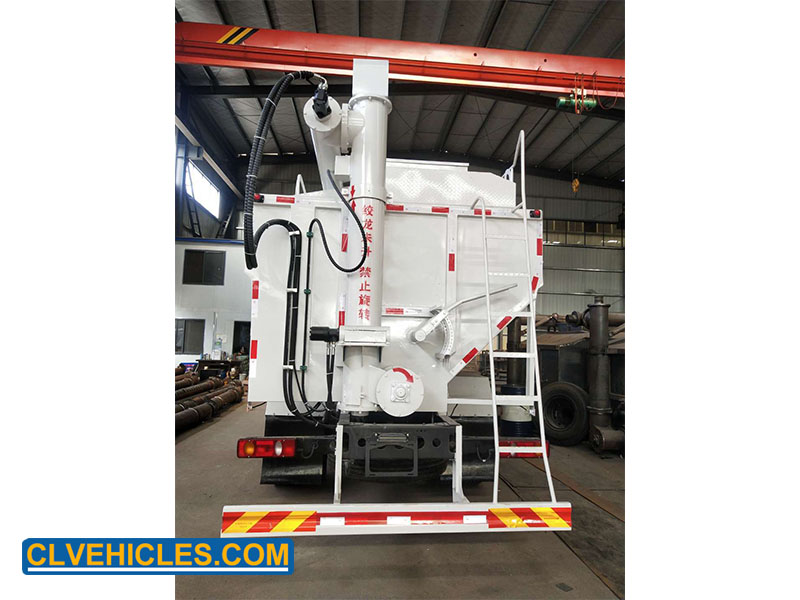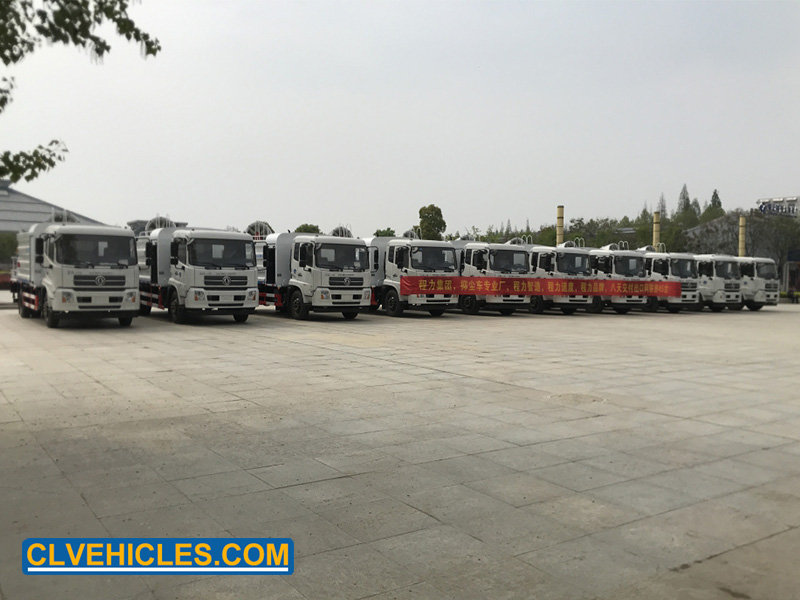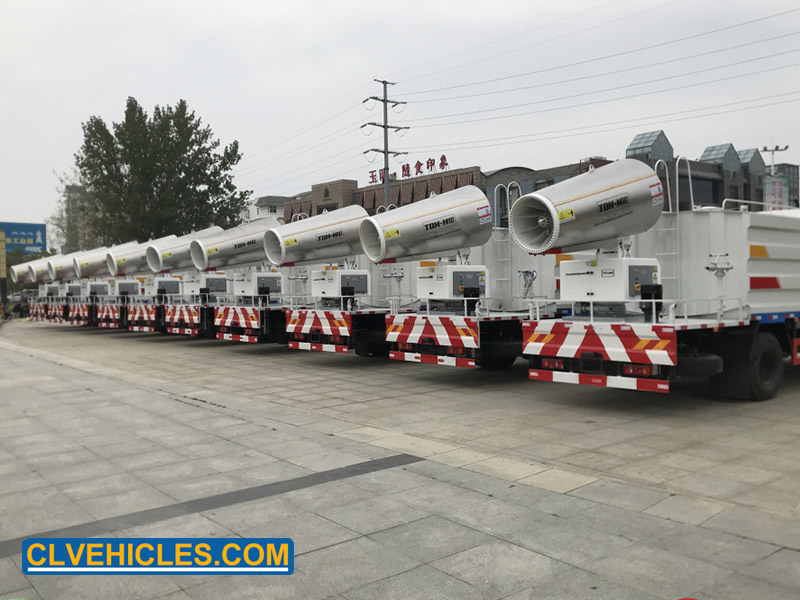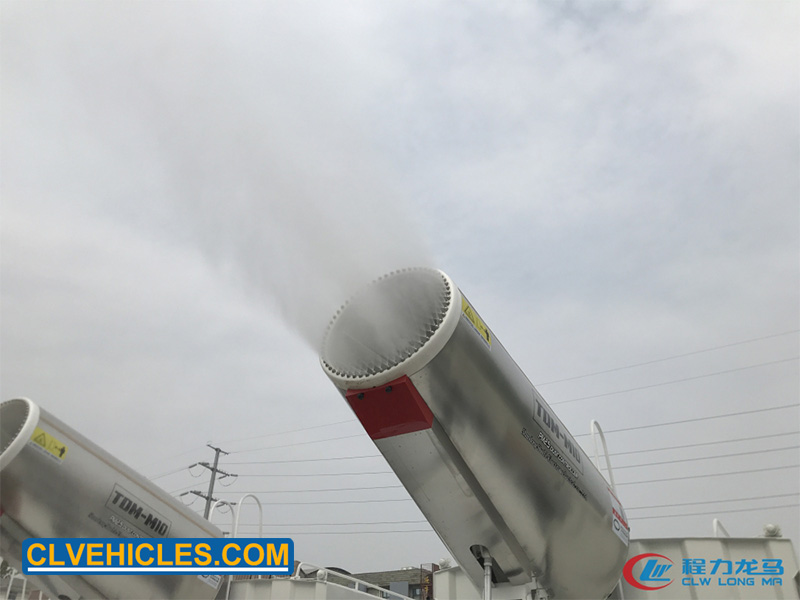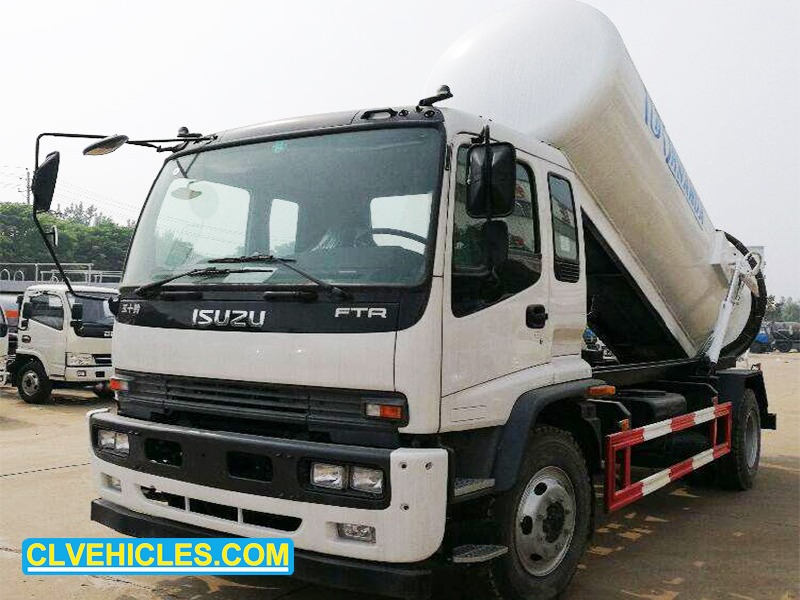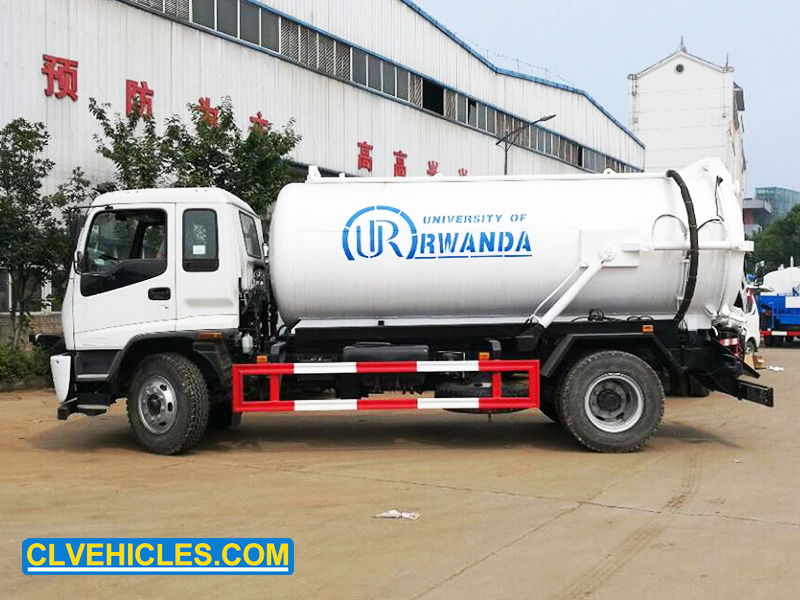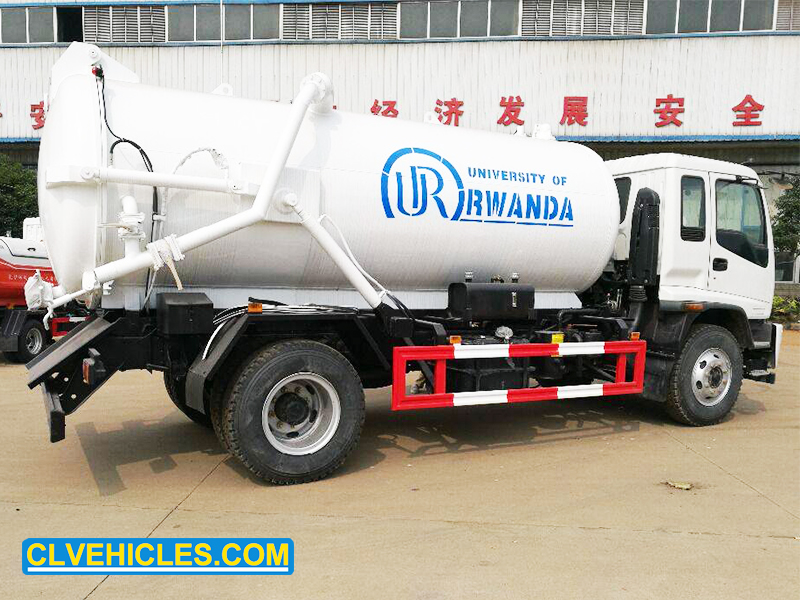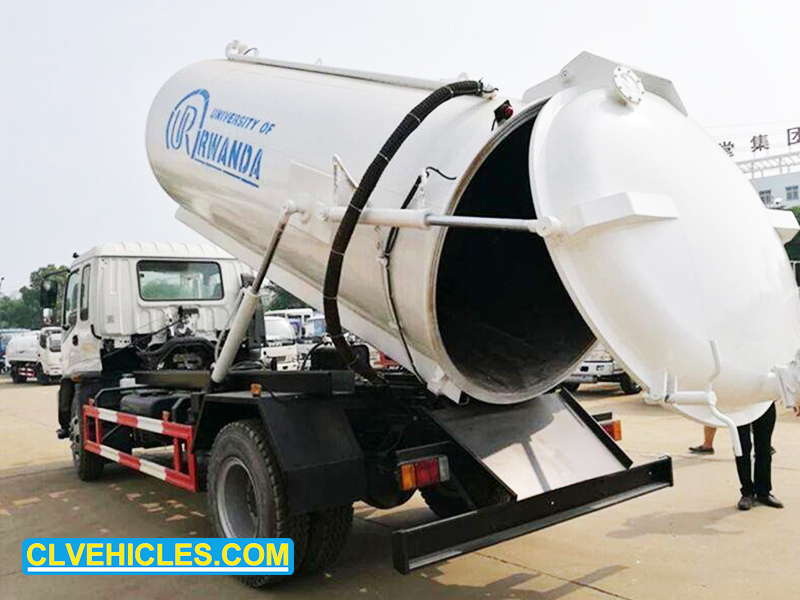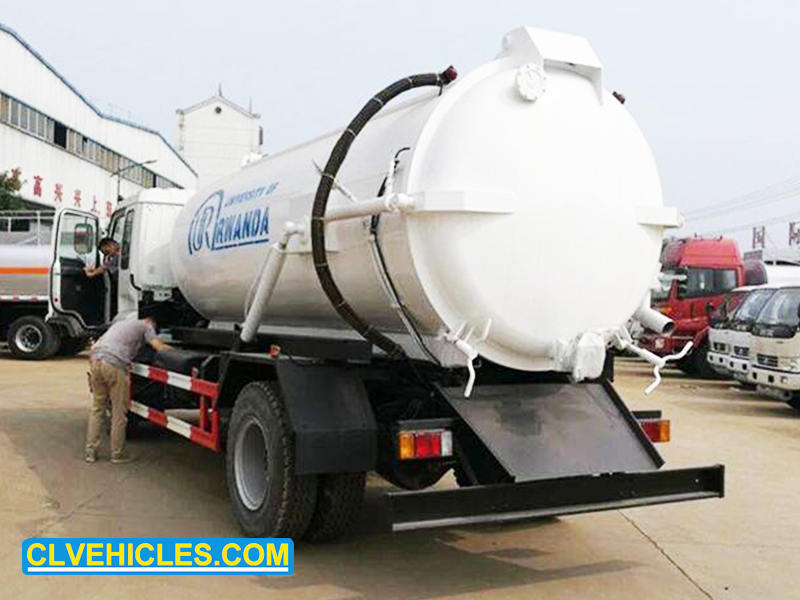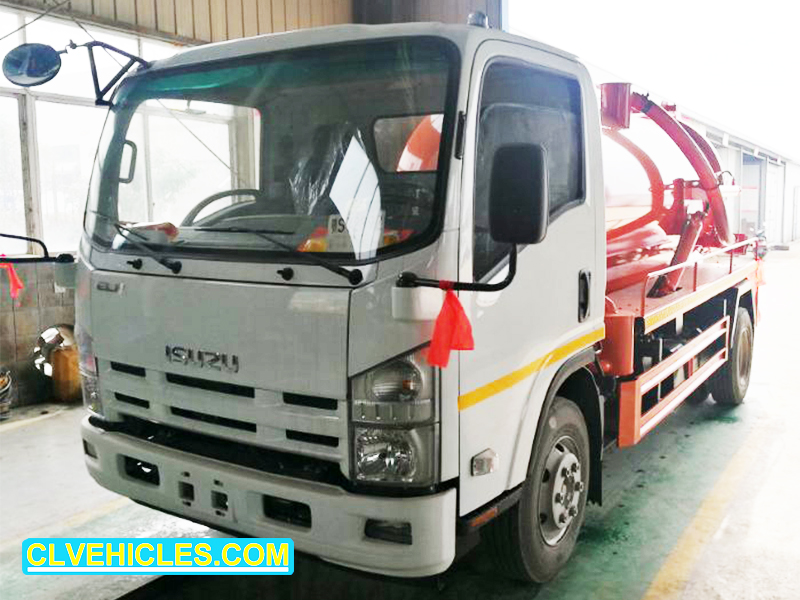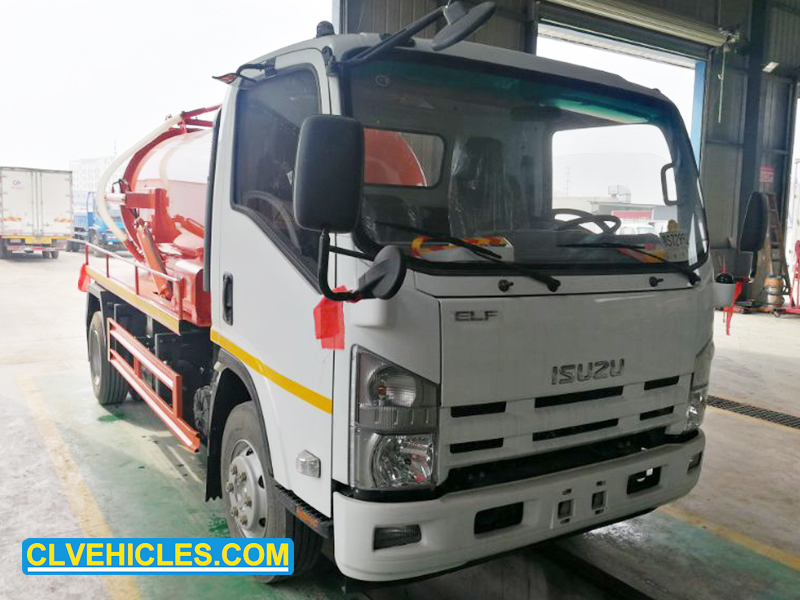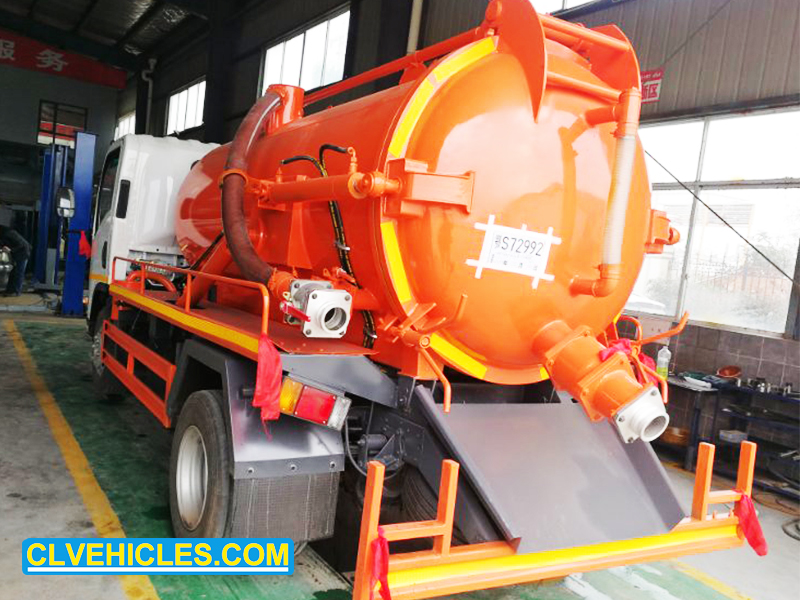Xiamen Van Seat Seat Launch - RIB Style Campervan Bench Seat Bed
Trifold Campervan Bench Seat Bed ——QZ-S221
1、Campervan Bench Seat Bed material
• Skeleton: Q235, Q440, Q590 steel, etc.
• Covering material: fabric
• Foam material: PUR cold foam
2、Campervan Bench Seat Bed Features
• Convert the campervan bench seat into a bed simply and easily;
• Has a large storage space, the bottom bracket can be sealed up with wooden boards to make a locker to store all your camping equipment;
• Equipped with an integrated harness and lsofix, adjustable headrest and tilting rear leaf.

3、Campervan Bench Seat Bed can be fitted with a child seat

4、Campervan Bench Seat Bed Style
• Single fold seat style
• Twin fold seat style
• Triple fold seat style
5、Campervan Bench Seat Bed Size Chart


6、Campervan Bench Seat Bed Installation Hole Size

7、Demonstration of converting into a bed
Vedio
Step 1: Pull the handle to unlock and flip the seat forward;

Step 2: Pull up on the lever to unlock the mechanism and flip the back downward;

Step 3: Pull the handle unlocking mechanism to lower the back leaf plate.

8、Campervan Bench Seat Bed can be customized
♦ Size specification can be customized
♦ Armrest Options
– without
– Single Side Armrest
– Double Side Armrests
♦ Wrap fabric
– Pvc
– Fabric
– Oxford fabric
– Headed Cowhide
♦ Mounting bracket options
– with bracket
– Without bracket
9、Campervan Bench Seat Bed Application Scenario
This trifold bench seat is generally applicable to campervan and RV remodeling, which is very popular in the United States, Canada, Germany, Australia and the United Kingdom.
1. United States
The United States 2023 shows more than 13 million units (including trailers and self-propelled), which is the largest market for campervans in the world;
• America has a deep road culture and is popular for road trips;
• More than 28,000 campgrounds (including private and public campgrounds);
• American RV Industry Association says that about 10% of U.S. households own an RV or camper.
2. Canada
• Canada has a market of about 1.4 million RVs;
• Canada is sparsely populated and rich in natural landscapes for long-distance travel;
• Campgrounds over 4,000, including remote areas and popular scenic spots;
• Short summer, RV travel is concentrated in May-September.
3. Germany
• Germany market retains more than 1 million caravans (including trailers), which is the first market in Europe;
• Germany automobile industry is developed, self-propelled caravans (Motorhomes) are more popular;
• Germany has about 3,000 campgrounds with modern facilities;
• Germany has “Stellplatz” special parking area, allowing overnight stay in some public places.
4. Australia
• Australia has a market of about 750,000 motorhomes and campervans.
• Australia has a “Travel Around Australia” culture that encourages people to travel;
• Australia has more than 3,000 campsites, including free campsites;
• International tourists often rent motorhomes to explore remote areas (e.g. Uluru).
5. France
• France has over 500,000 motorhomes on the market.
• Popular European destination for self-drive tours, with 11,000 campsites (the most in Europe).
• Good facilities in coastal areas (e.g. Côte d'Azur) and mountainous areas (Alps).
6. United Kingdom
• The UK market has around 500,000 motorhomes.
• Trailer caravans are more common for family vacations.
• Campsites are found throughout the countryside and on the coast, with a cultural preference for “staycation”.
















